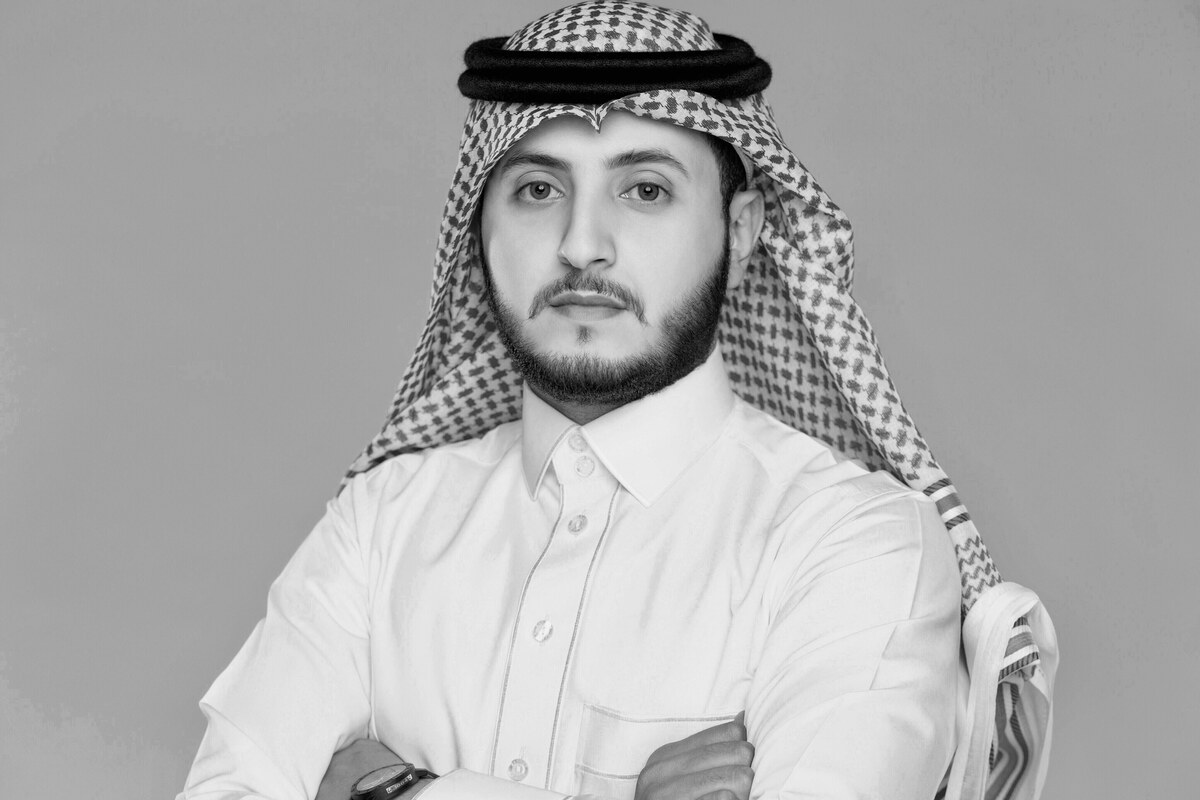CAIRO: Fintech experts believe Saudi Arabia is positioned to lead the regional landscape in decentralized finance, and also solve some challenges on the horizon.
With active support from the Saudi Central Bank, also known as SAMA, and initiatives like Vision 2030, the Kingdom is creating an ideal environment for solutions to so-called DeFi to flourish.
In an interview with Arab News, Abdulrahman Al-Dakheel, CEO of Taskheer, an online fintech platform that facilitates rotating savings and credit associations, emphasizes the government’s backing for innovative financial technologies such as blockchain and Central Bank Digital Currencies.
“Our government, through SAMA, is actively exploring and supporting innovative financial technologies. Recently, Saudi Arabia joined an international CBDC trial led by the Bank for International Settlements to enhance cross-border payments, making them more efficient and secure,” he said.
This aligns with the broader Vision 2030 initiative aimed at diversifying the economy and enhancing digital financial inclusion, the CEO added.

Abdulrahman Al-Dakheel, CEO of Taskheer. (Supplied)
Fintech Saudi, an initiative launched by SAMA, plays a pivotal role in developing the sector’s ecosystem, Al-Dakheel explained.
It provides a comprehensive support framework for fintech entrepreneurs, including access to the regulatory sandbox, resources for training, networking, and funding.
“This ensures startups can test their products in a controlled environment, meeting regulatory standards while fostering innovation,” Al-Dakheel adds.
Jamil Abuwardeh, co-founder of METKAF.com, a Web3 advising company and crypto expert, highlights the transformative potential of DeFi in Saudi Arabia.
“The financial sector here is heavily reliant on traditional intermediaries, with limited access to financial services for many citizens. DeFi can change this by providing decentralized financial services accessible to everyone, regardless of their location or financial status,” he told Arab News.
DeFi can facilitate affordable and accessible services such as lending, borrowing, and investing, and enhance cross-border transactions with instant speed and almost zero fees, he added.

Jamil Abuwardeh, co-founder of METKAF.com. (Supplied)
Stefan Kimmel, CEO of UAE crypto exchange platform M2, stated that collaboration across the board is another major catalyst for DeFi adoption.
“Over the last decade, we have seen a rapid increase in both government and private investment in DeFi frameworks, incubators, and infrastructure across the GCC (Gulf Cooperation Council),” Kimmel said.
“Whether in the UAE or Saudi Arabia, we have also learned that true progress can only be achieved by genuine collaboration between traditional finance and banking institutions, fintechs, start-ups, technology providers, and regulators,” he added.
Challenges and risks
Implementing DeFi in Saudi Arabia is not without its challenges. One of the primary hurdles is regulatory uncertainty.
Al-Dakheel underscores the need for DeFi innovators to work closely with regulators to ensure compliance and secure necessary licenses.
“Security is a significant concern. DeFi platforms are frequent targets for cyberattacks, making it imperative to have robust security protocols and continuous audits,” he said.
Abuwardeh adds that a lack of public awareness and understanding is another challenge.
“One of the major challenges is the lack of awareness and understanding of finance in general among the public. But, if they are to gain from using it, then they will use it without the need to understand it, just like people use mobile phones without understanding how the networks operate,” he said
Additionally, the absence of clear regulations may deter investors and users from engaging with DeFi.
“However, SAMA has announced its intention to regulate DeFi, which could help to overcome this challenge,” Abuwardeh added.
Kimmel emphasized the importance of balancing innovation, evolution, and regulation across various projects related to DeFi, fintech, or cryptocurrency adoption. He noted that each market must evolve at a pace that maintains this equilibrium.

Stefan Kimmel, CEO of UAE crypto exchange platform M2. (Supplied)
“Some of the greatest strength of these solutions is that they are technologically more efficient, more secure, and more accessible than their traditional counterparts – but this can be easily undermined when attempts at innovation outpace regulation, or simply if best intentions fail to meet consumer needs,” Kimmel said.
Opportunities for integration
The opportunities for integrating DeFi with traditional financial systems in Saudi Arabia are substantial, the experts further highlighted.
Traditional banks can leverage the technology to offer more efficient, transparent, and accessible financial services.
“Collaborating with traditional financial institutions can lead to hybrid models that combine the strengths of both worlds. The openness of the Saudi Central Bank to digital innovations provides a conducive environment for such integrations, potentially transforming our financial landscape,” Al-Dakheel states.
Abuwardeh, however, believes that DeFi represents a new paradigm rather than an extension of existing systems.
“Decentralized finance does not need to fit into a centralized banking system. It needs to be understood and seen as a new technology,” he said.
He compares the integration of DeFi to the shift from traditional postal systems to email, highlighting that the technology, like online correspondence, is a completely different way of delivering services in a decentralized manner.
Kimmel highlighted the impressive nature of Saudi Arabia’s DeFi evolution, noting how clearly it has been defined and well managed through Vision 2030 and the Financial Sector Development Program.
“When an entire ecosystem shares a mandate to deliver on the tangible impacts that the technologies can offer their citizens – financial inclusion, economic diversification, and world-leading technological advancement – there is no doubt that they will end up one of the top DeFi markets in the world,” Kimmel added.
“Through the work of SAMA and MCIT (Saudi Ministry of Communications and Information Technology), in particular, we’re very confident of a regulatory-innovation-security balance that will deliver the best outcomes for fintechs, financial institutions, and customers in the Kingdom alike,” he added.



























